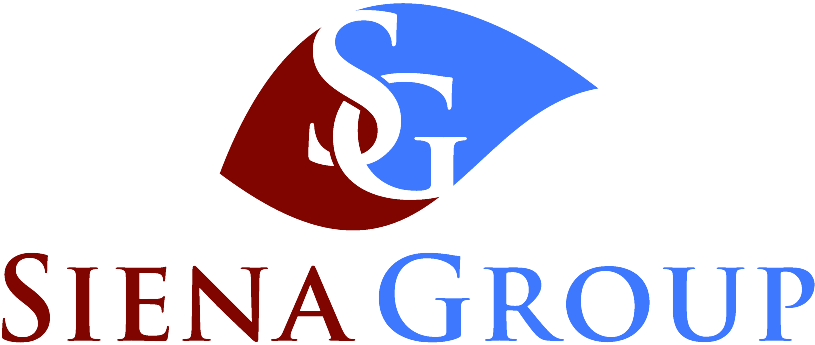Artificial Intelligence… of People?
by Keith Brown, President & Owner, Siena Group.
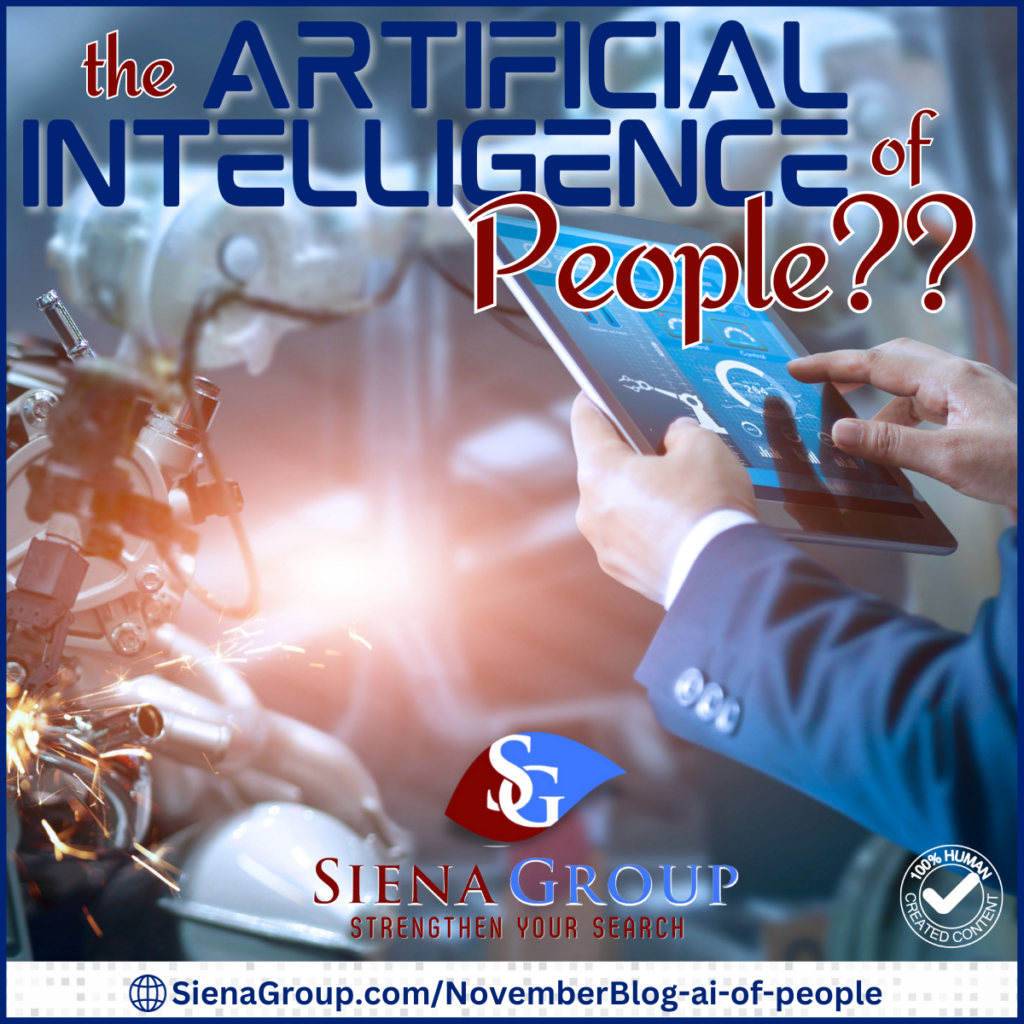
I listened to a recent story on NPR on AI & ChatGPT that was very interesting. “Obviously, AI is coming at us like a freight train and its potential impact on education is huge”, shared Paul Fife, a University of North Carolina English Professor. In an experiment, the professor asked his students to write their final paper using ChatGPT. Yep! You just thought what the students thought – “That is going to be too easy!” What was intriguing about this piece was that when the students actually dug in, they found it was not only difficult to do, but in most cases, the final product was a bit of a mess! “One even complained it was like being matched up in a nightmare group project with the class slacker.“
Without getting into all the specifics of that particular social experiment, it does bring to mind the effects of AI and technology when applied to the talent industry, the manufacturing world, and the overall impacts on the job market. On the whole, the manufacturing industry is a bit hesitant in the application of new technologies onto the shop floor, but it does make it there eventually and in some uniquely applied ways.
Tools. They are Just Tools.
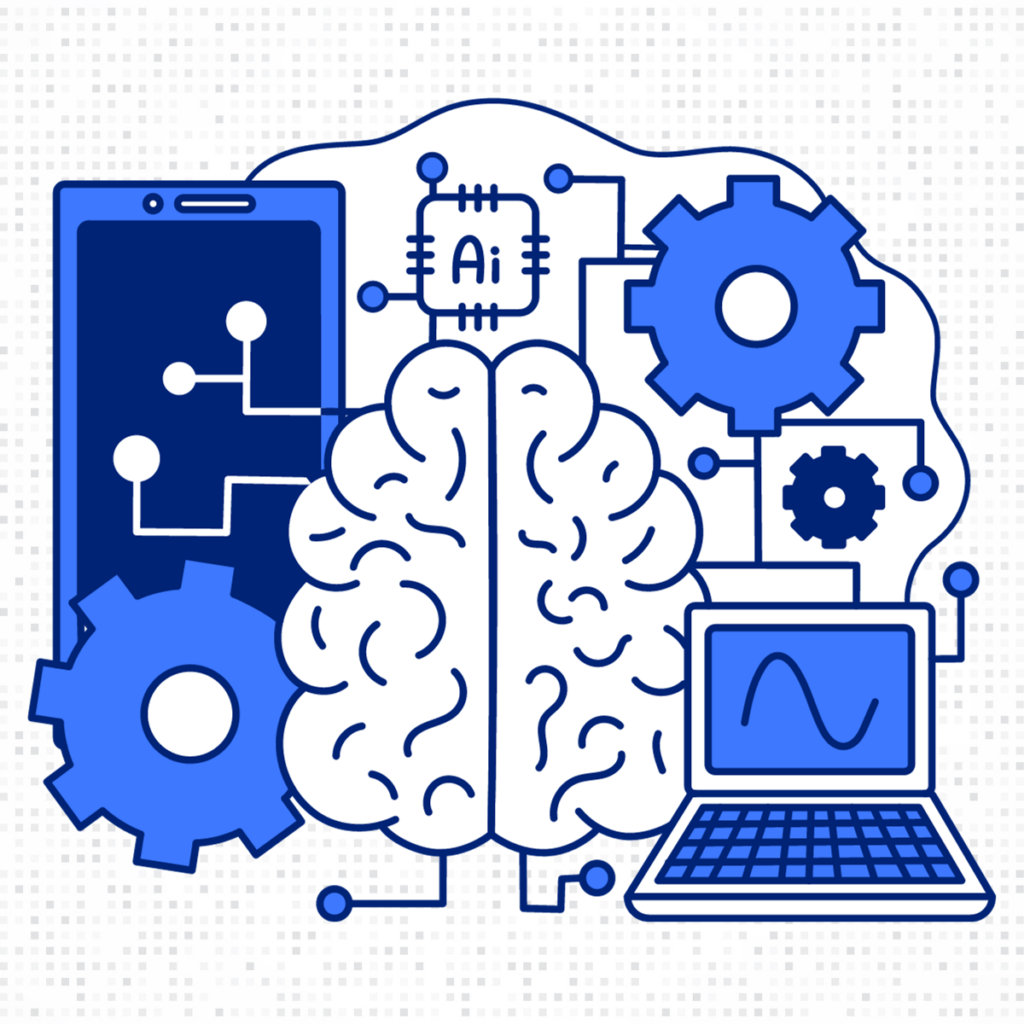
There’s a high level of hysteria about AI eliminating (well… eradicating) the ‘people part’ of manufacturing. Why? People are weird. For some strange reason, unless your name is Ted Lasso, we all see the downside of things.
It’s happened throughout history: probably starting with the wheel and moving through our own history including the Industrial Revolution, the “automation recession” of the late 50’s, and on and on. An article (that was actually pulled from a book) entitled “The First Time America Freaked Out Over Automation” captured this sentiment well – it highlighted people’s fears of innovation and automation.
The book outlines a study by University of Chicago economist Yale Brozen, where he found that while 13 million jobs had been destroyed during the 1950s, the adoption of new technology was among the ingredients that led to the creation of more than 20 million other positions. “Instead of being alarmed about growing automation, we ought to be cheering it on.” he wrote. “The catastrophe that doom criers constantly threaten us with has retreated into such a dim future that we simply cannot take their pronouncements seriously.”
We can’t be glib about this because, though new jobs were created in the 1950s, lots of individual people were negatively affected by this change. Change is tough. That said, I bet that if someone took the bones of that 5-year-old article, went in, and changed a few things, it would easily be very similar to what we are seeing, hearing, and reading NOW about AI! Ironically (and humorously in my opinion), I bet AI could do that pretty quickly!
Artificial Intelligence is a misnomer. Artificial: made or produced by human beings rather than occurring naturally, especially as a copy of something natural. Intelligence: the ability to acquire and apply knowledge and skills. Therefore, human beings created something that can leverage copious amounts of information – generated by humans – and draw conclusions from them. So, “Artificial Intelligence” is actually the result of PEOPLE creating something to help and assist other humans to be more productive. Does it sound like the invention of the wheel? Or lightbulb? It certainly does to me!
The fact is that, like so many other innovations in the past, AI and ChatGPT are tools.
A lot of us do not know how to effectively use them. A lot of us may not even know where to start. Those who are successful are those who adapt. Learn. Grow. Figure things out. Invest time and determine how they may – or may not – apply to our jobs. There is a scene in Hidden Figures that depicts this idea beautifully: Dorothy Vaughn, a human-computer for NASA, took it upon herself to learn the programming language Fortran. “We have to know how to program it… unless you want to be out of a job.” Perfectly stated, Dorothy!
I am in my 10th year in talent and recruiting. I’ve learned a lot, and I’ve used many different tools. During my initial training and mentorship, several of the “old guys” talked about how technology was perceived and how it changed their business model. Guess what? AI is the same kind of innovation but in a different year! I remember when CareerBuilder and Monster came along, and people exclaimed, “It will mean the death of the recruiting industry!” Nope. LinkedIn – same thing. Various systems (Applicant Tracking Systems) and programs… all the same. In the right hands, they are just tools of the trade. Recruiting is a people business and always will be. Learning and leveraging new tools is just part of growing.
Click Bait

There is a lot of information out there about AI. In our current age, that information travels fast – faster than it ever has. In order to get noticed, and to take advantage of the ‘sky-is-falling’ human nature as highlighted above, the titles for click-bait articles are so very amusing. And ironically, some of the insights actually highlight fundamentally different points of view.
This one surely got a lot of clicks due to its catchy title, “The biggest winners — and losers — in the coming AI job apocalypse.” Apocalypse? Really? Anyway, it highlighted that white-collar jobs are likely to be more impacted and that blue-collar jobs are “poised for a job explosion.” [Are Mike Rowe’s predictions finally coming true?!?]
Coincidentally, as I am writing this article, I literally just received an email titled “ChatGPT for Employee Relations.” It is e.v.e.r.y.w.h.e.r.e.
Back to the apocalyptic article – it highlights a stat: “While manufacturing jobs as a whole are expected to stay flat, spending in this industry has boomed to $200 billion each year, tripling in the past five years.” Great statistics, but wrong interpretation! Sustained revenue growth with flat overall job creation does NOT mean a failing manufacturing industry; it actually points directly to manufacturing making significant improvements, investing in ways that drive efficiencies, create higher product quality, and improve the skilled workforce.
This recent Forbes article covers the significant increase in how reshoring and foreign domestic investments create a “more substantial infrastructure that utilizes AI in its operational focus“. The article also emphasizes how AI can improve and speed up data analysis in supply chain optimization, leveraging its ability to parse lots of data across multiple platforms, and specifically between suppliers and customers.
Another article, with a title thankfully not ‘click-bait-y’, talks about how data is the fuel for AI. It specifically highlights benefits for manufacturing: “One exciting use case of generative AI is that it creates opportunities to have conversations with your data. This will make data analysis far easier and allow for data-driven decision-making at scale. Furthermore, generative AI unlocks doorways to predictive maintenance, process optimization, and even developing new products. And we’re still in the early days.”
All in all, manufacturing is not dying because of AI; it is changing and growing through its application of AI.
So.Much.Info.Out.There.
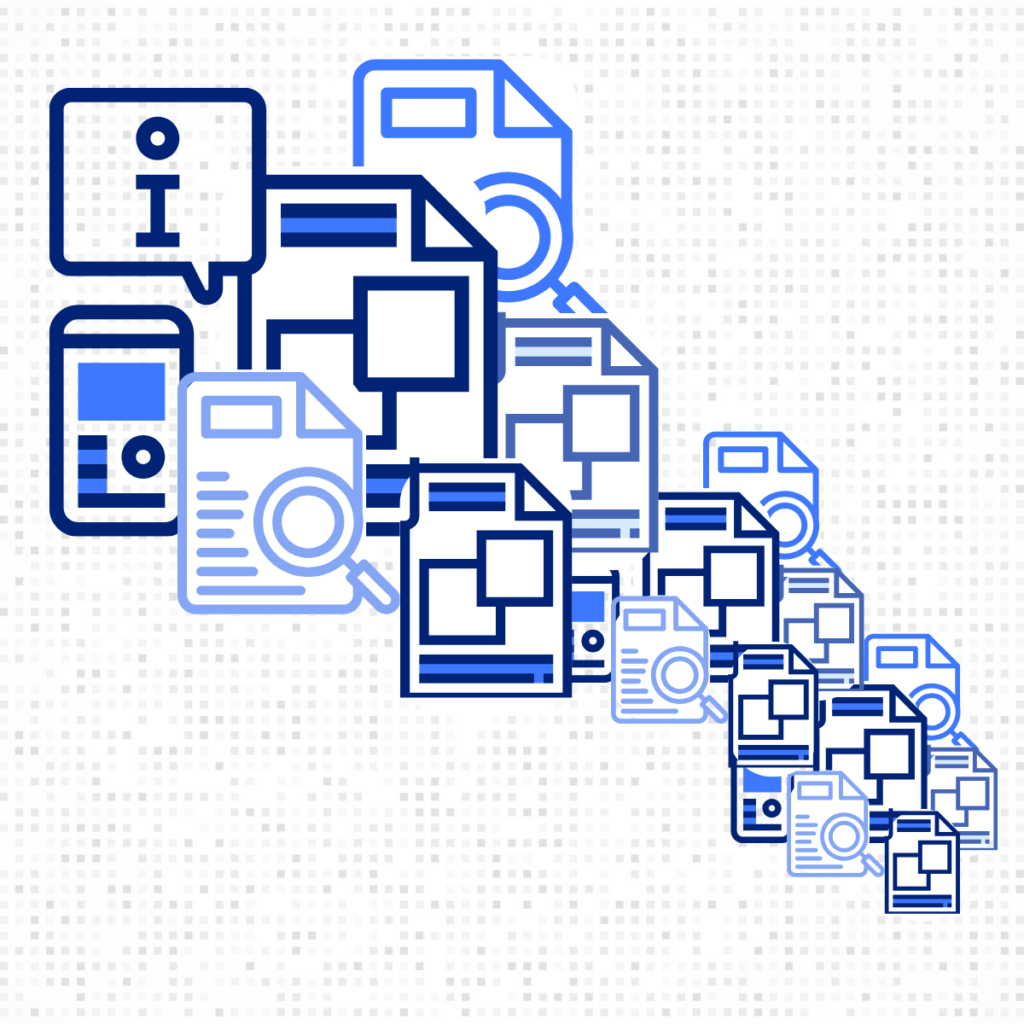
Article after article – most published in just the past few months – talk about AI and its potential impacts on our ever-changing world.
- Forbes: Elon Musk Says AI Will Take Jobs Away. Here’s Why That Won’t Happen
- World Economic Forum: These are the jobs that AI can’t replace
- YourStory: The Future of Work: Jobs AI Can and Can’t Replace
- Harvard Business Review: How AI Fits into Lean Six Sigma [***Recommended Read***]
- Harvard Business Review, Navigating Generative AI as an Older Worker [*** Another good read ***]
- Supply Chain Today: AI Won’t Replace Humans—But Humans With AI Will Replace Humans Without AI
And now you can add THIS BLOG to the list!
People. It’s Always about People!
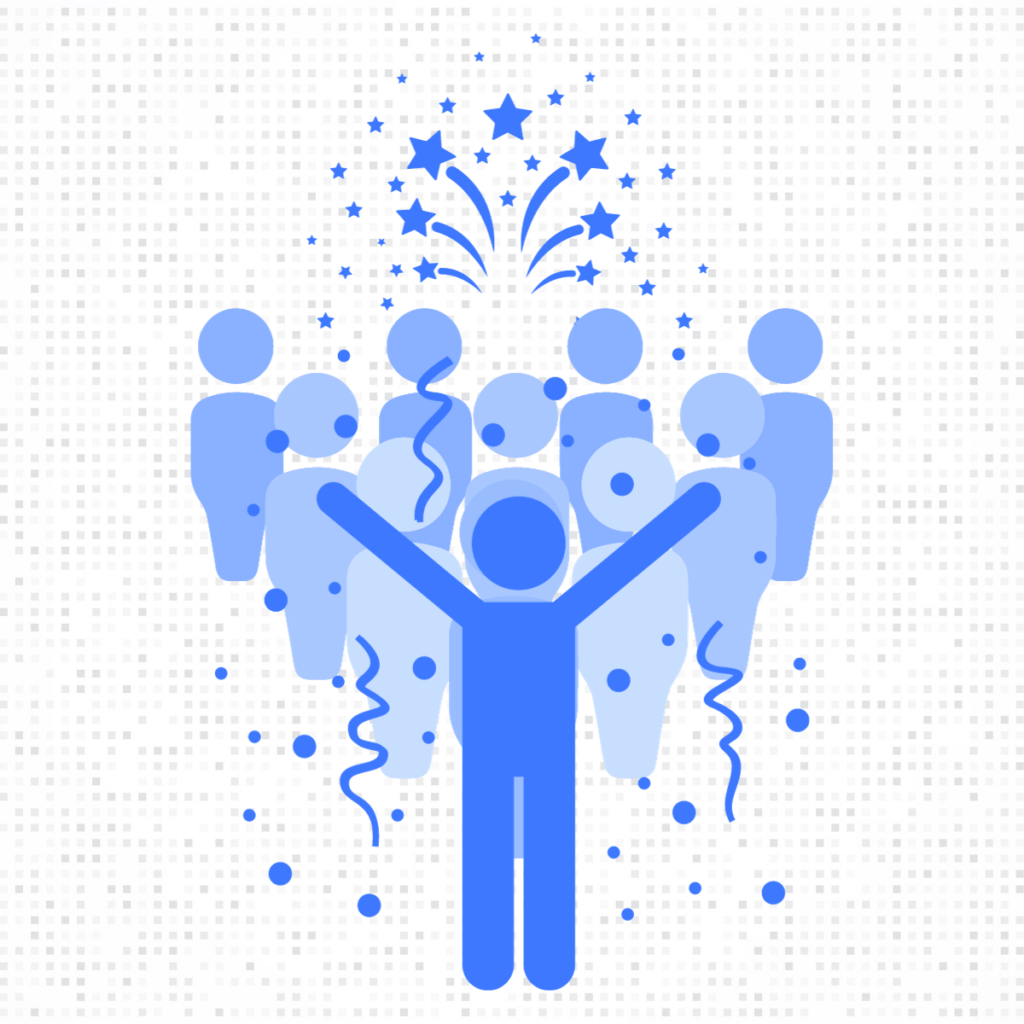
As you consume all of this content, take a step back and think about the over-arching theme: People Learning to Use a New Tool. It’s been like this throughout all of history. Yes, things are coming at us at a much faster rate, but that just means we need to be more nimble and adapt as highlighted by this profound sentence: AI isn’t here to replace but to augment, (from HBR, Navigating Generative AI as an Older Worker).
So, let’s all go learn to augment together – with AI and whatever innovation comes next!
At Siena Group, we are your Thermoforming Talent Partner! We’re here to help in any and every way possible! With more than 30 years of experience in manufacturing, hiring & recruiting talent, we bring a greater understanding of the companies we partner with and the candidates we pursue. Let’s Strengthen Your Search!
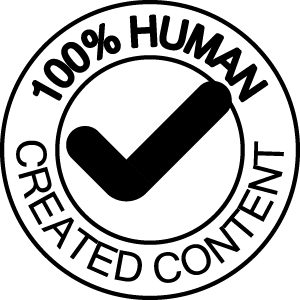
Share our post with others
Love what you see? Share it with your connections now.
